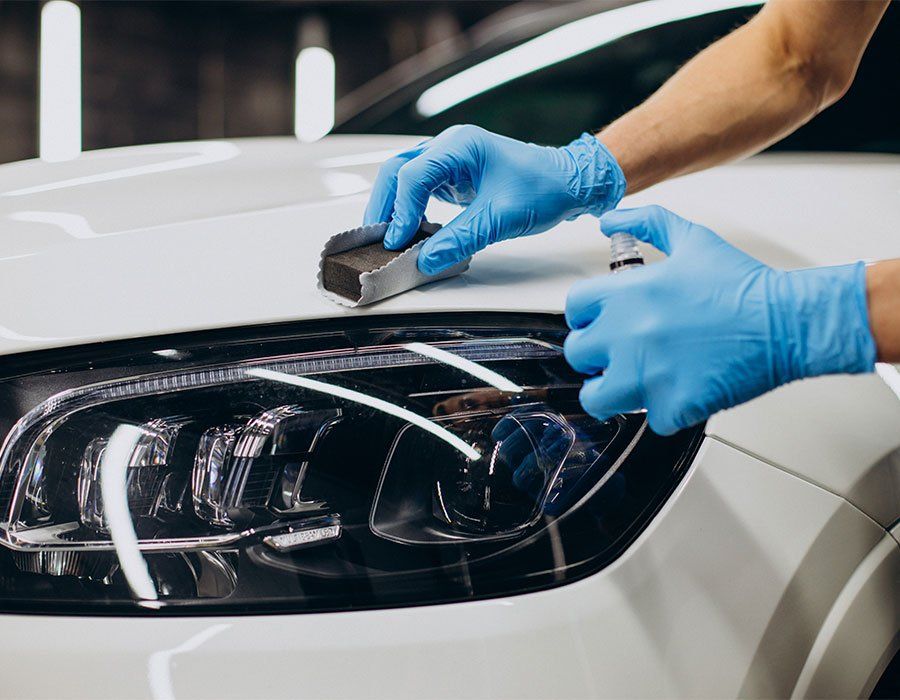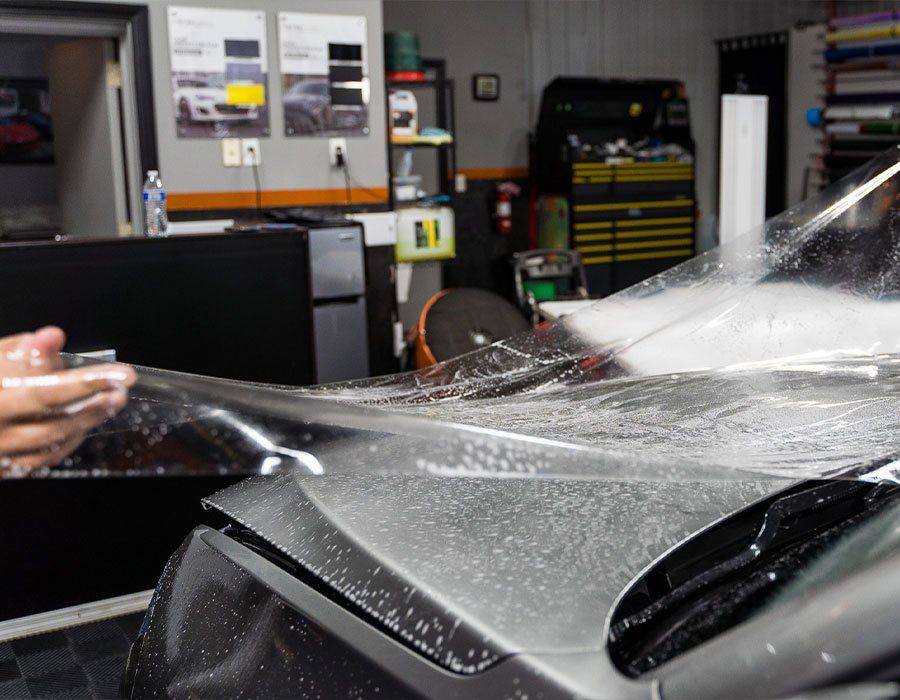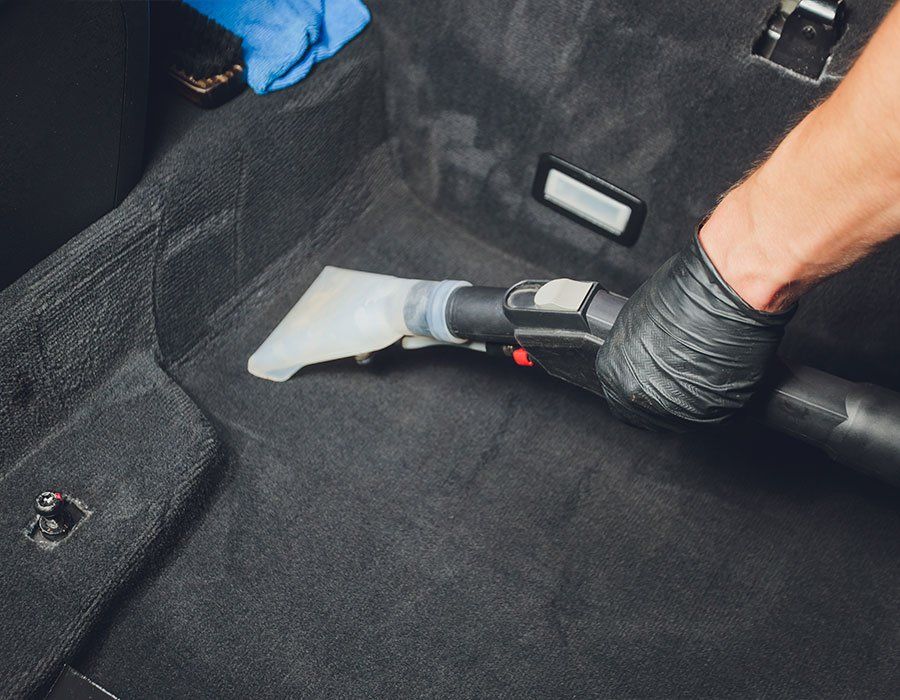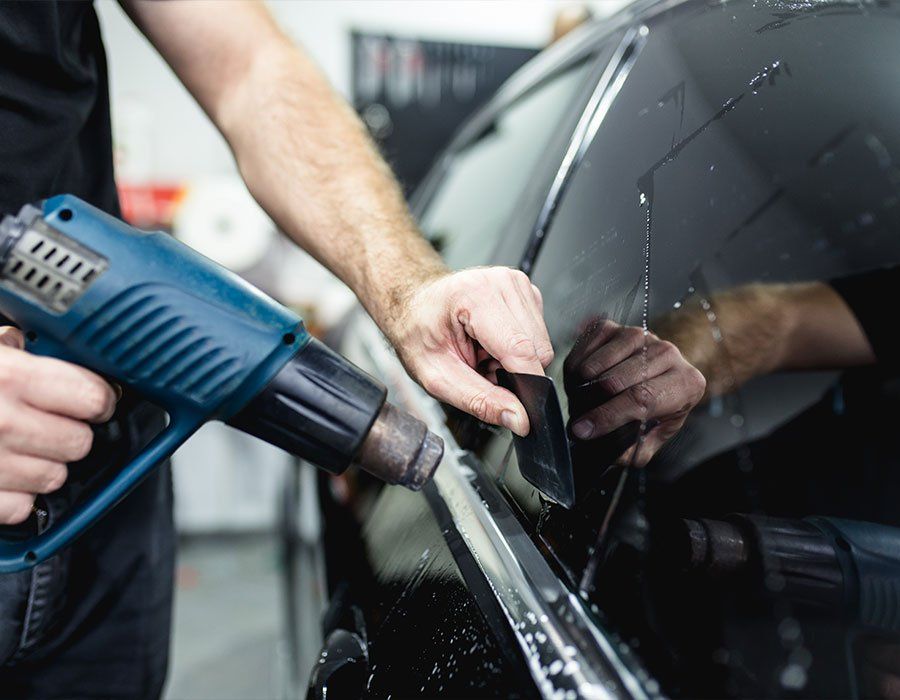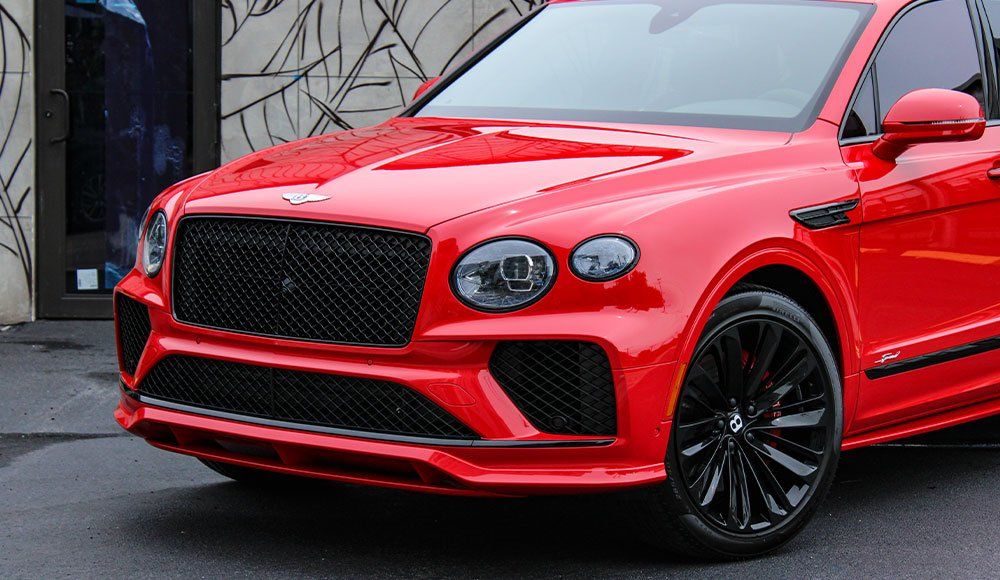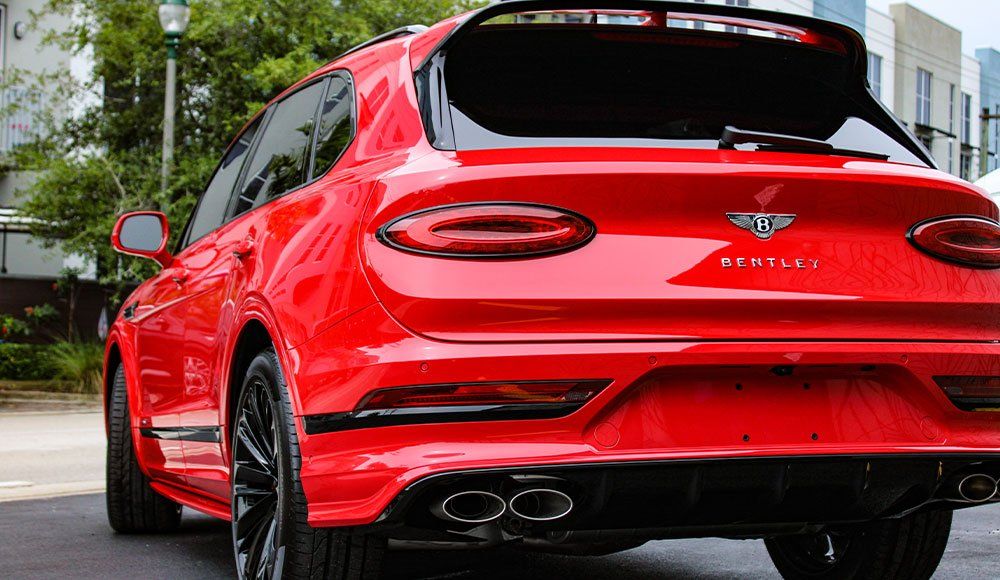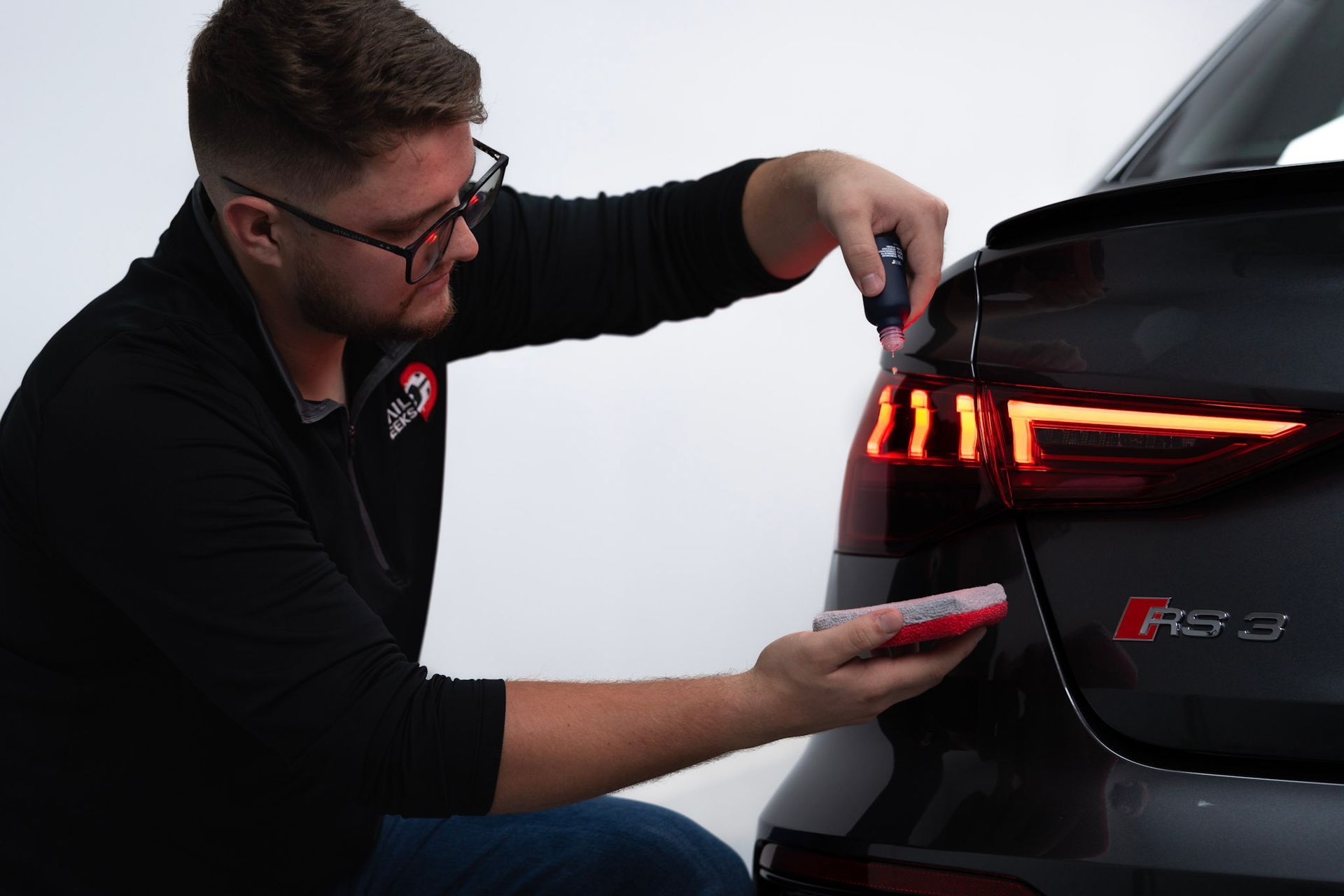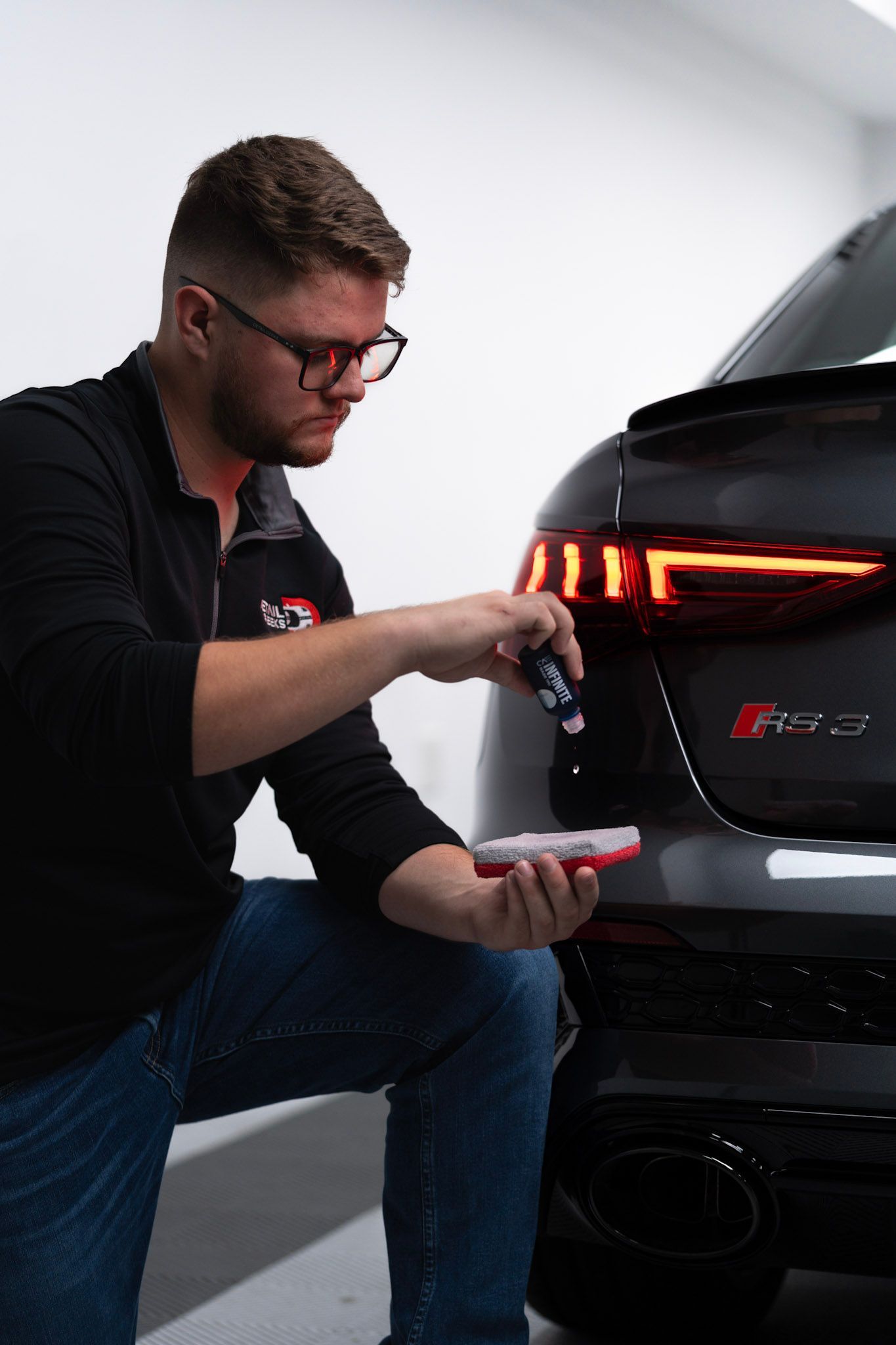The Top Benefits of Ceramic Coating for Your Vehicle: Enhanced Protection and Long-Lasting Shine
Anyone passionate about cars knows the frustration dir, stains from bird droppings, and the relentless fade caused by UV rays. Many turn to waxes and sealants only to discover their temporary effect wears off quickly. This is why you've likely heard about ceramic coating—a promising solution touted for its durability and shine.
The top benefits of ceramic coating for your vehicle include enhanced protection against environmental contaminants, long-lasting shine and gloss, improved hydrophobic properties, as well as increased resale value. Additionally, it requires minimal maintenance, saving time and effort in retaining your car's appearance.
The Basics of Ceramic Coating for Your Vehicle
So, what exactly is ceramic coating? Well, it's a bit like giving your car a shield—a protective barrier for your cherished possession. Essentially, a ceramic coating is a liquid polymer carefully applied to your vehicle's exterior. Once it's applied and cured, it chemically bonds with your factory paint, creating a robust protective layer. This protective layer isn't just an average coating—it's much more durable than traditional wax or sealant.
What makes it so robust? The magic lies in the chemical composition, which often includes silica dioxide (SiO2). This compound plays a crucial role in forming a glossy finish and a lasting shield against environmental contaminants. Just envision this: Your vehicle gets outfitted with an invisible armor that guards against the elements, keeping it safe from UV rays, water, chemicals, dirt, road salt, bird droppings, and more.
Protection From Damage
The road can be a harsh place for your car's paint, with hazards coming from all directions. If you want to keep your vehicle looking fresh and new, then protecting it is key. One of the most significant benefits of ceramic coating is the way it acts like an invisible force field, shielding your car's exterior from various forms of damage. Now, let’s break this down.
Firstly, UV rays can be quite harmful to your car's paint. Over time, exposure to sunlight can lead to oxidation and fading. Ceramic coating offers a protective barrier that helps shield against these damaging UV rays, preserving the vibrancy and gloss of your car's paint job for years to come. Next up are chemical stains. When it comes to acidic contaminants like bird droppings, tree sap, and bug splatters, they're more than just unsightly—they can really do some damage to your vehicle's paint. Fortunately, ceramic coating resists these acidic substances, preventing them from etching into your paint and causing permanent stains.
Imagine pulling over after a scenic drive only to see that your car has been bombarded by bird droppings—and there's no car wash in sight. In such a scenario, having a layer of ceramic coating can give you peace of mind knowing that your paint is well protected until you can get to a wash station. While ceramic coatings provide great protection against major wear and tear, it's important to remember that they are not bulletproof. They won't protect against scratches or rock chips but they do help resist environmental and chemical contamination. This means that while it's still essential to handle your car with care, the coating offers an extra layer of protection during regular day-to-day usage.
Enhanced Appearance and Shine
A well-maintained car is a joy to behold—a perfect union of sleek lines and a deep, glossy finish. This is where ceramic coatings come in. They're all about enhancing the beauty of your vehicle, making it look better than ever.
The silica dioxide (SiO2) composition found in ceramic coatings creates a reflective, glass-like finish that adds depth to the paint. It intensifies the color, making it look richer and more vibrant. Imagine a car covered in morning dew—it sparkles and shines, catching the light in a way that's almost magical. This is the effect a ceramic coating has on your vehicle's appearance. While some might wonder if this is just another fancy marketing ploy, many owners of black vehicles have reported a noticeable difference in the depth and clarity of the paint after applying ceramic coatings. The before-and-after difference in appearance often speaks for itself.
For example, think of a black sports car—after a ceramic coating treatment, its rich, lustrous finish gives off an almost mirror-like reflection. It's like gazing into still waters where the colors are deeper and more vivid. That striking cherry red on your shiny sedan or the midnight blue on your SUV transforms from just pretty to absolutely breathtaking with the intensified color depth brought on by ceramic coatings. Ceramic coatings aren't just about adding a layer of protection—they're about elevating your vehicle's appearance to a whole new level.
Easier Maintenance and Clean-Up
After applying a ceramic coating to your vehicle, you'll notice a radical shift in how you clean and maintain it—the first thing you're likely to notice is just how much simpler it becomes to keep your car spotless.
Hydrophobic Effect
The ceramic coating creates a hydrophobic effect on the surface, making it highly water-repellent. This means when water hits the surface, instead of spreading out, it quickly turns into little beads and rolls off the car. Not only does this look cool, but it significantly reduces water spots and streaks after rain or washing. This hydrophobic property doesn't just apply to water either; other fluids like oils and liquids from birds, insects, or tree sap also find it tough to cling to the surface. This makes it easier for you to wipe them off quickly before they cause any harm.
Dirt and Dust Repellent
Because of the smooth nature of the coated surface, contaminants such as dirt and dust are less likely to stick. It's like having a shield that repels all kinds of grime! This translates to your vehicle needing fewer washes to remain clean. It's not just about saving time either; it also means using fewer cleaning chemicals and reducing water usage for washing. The environmental impact is certainly an added bonus. When you invest in a ceramic coating for your vehicle, not only do you enhance its protection and shine, but you also streamline the entire cleaning process, making it quicker and more efficient overall.
How to Apply Ceramic Coating
Applying ceramic coating to your vehicle involves a meticulous process that demands keen attention to detail. Rushing through it won't yield professional results. Here's a comprehensive breakdown of the steps involved:
- Surface preparation: Before applying the ceramic coating, it's crucial to prepare the surface of your vehicle properly. This goes beyond a regular wash. It entails a meticulous process, including thoroughly washing the vehicle to remove any dirt, grime, and residue. Consider engaging in a multi-stage paint correction process to eliminate swirl marks and scratches, as the surface's condition directly impacts the effectiveness and longevity of the ceramic coating.
- Application: Once the surface is prepped, it's time to apply the ceramic coating. For this task, you'll need a foam application pad. Work on one panel at a time, ensuring that each section is evenly coated. After the application, carefully buff off any excess with a clean microfiber cloth. Precision and patience are crucial to achieving an even application across the entire vehicle.
- Curing: After applying the ceramic coating, it needs time to cure properly to bond with the vehicle's surface for long-lasting protection. Allow the coating to cure for at least 24-48 hours in a controlled environment free from dust and moisture. This ensures the coating can form a strong and durable bond with the vehicle's surface, maximizing its effectiveness.
By adhering to these meticulous steps for surface preparation, application, and curing, you can ensure that your vehicle receives a high-quality ceramic coating that provides enhanced protection and a long-lasting shine. Remember, patience and attention to detail are key when applying ceramic coating for optimal results.
Potential Drawbacks of Ceramic Coating
As with any automotive enhancement, ceramic coating comes with its share of potential drawbacks. Before committing to this investment, it's important to carefully weigh these factors to make an informed decision that aligns with your needs and expectations.
- Initial Cost: The initial expense of ceramic coating can certainly give one pause. Professional applications can range from hundreds to thousands of dollars, depending on the specific product and services offered by the detailing professional. While the upfront cost might seem steep, especially for higher-end professional services, it's important to recognize that this protection can effectively extend the life and appearance of your vehicle over time. When weighing the initial cost against the long-term benefits that ceramic coating provides, many car enthusiasts find that it becomes a sensible investment in preserving their vehicle's aesthetics and resale value.
- Application Complexity: Another aspect to consider is the meticulous nature of ceramic coating application. Achieving a flawless finish requires a significant amount of preparation and precise technique. This meticulous process might pose a challenge for beginners who are inexperienced in detailing or applying automotive products. The risk of improper application leading to streaking, uneven coverage, or premature degradation of the coating further emphasizes the importance of seeking professional assistance when necessary.
- Misconceptions: One common misconception about ceramic coating is that it serves as a one-time, permanent solution for vehicle protection. It's crucial to dispel this notion: while ceramic coating does provide durable shielding against environmental contaminants and UV rays, it still requires regular maintenance and periodic reapplication after a few years to uphold its effectiveness. Without proper care and reapplication, the protective qualities of ceramic coating may diminish over time, leaving your vehicle vulnerable to damage.
Before embracing ceramic coating as a protective measure for your vehicle, acknowledging these potential drawbacks will equip you with realistic expectations and guide you towards making an informed decision that best suits your unique circumstances and preferences.
Top Ceramic Coating Services in Fort Lauderdale, FL
Transform your vehicle with Detail Geeks' top-notch ceramic coating services in Fort Lauderdale, FL. Our expert team applies advanced ceramic coatings that deliver unmatched protection against stains, chemical contaminants, and environmental damage while enhancing your car's shine and durability. Give your vehicle the ultimate defense and keep it looking stunning with our high-quality solutions. Reach out to us today to schedule your ceramic coating appointment and experience a new level of car care excellence. Call us at (305) 896-2430 to get started!
Detail Geeks Blog
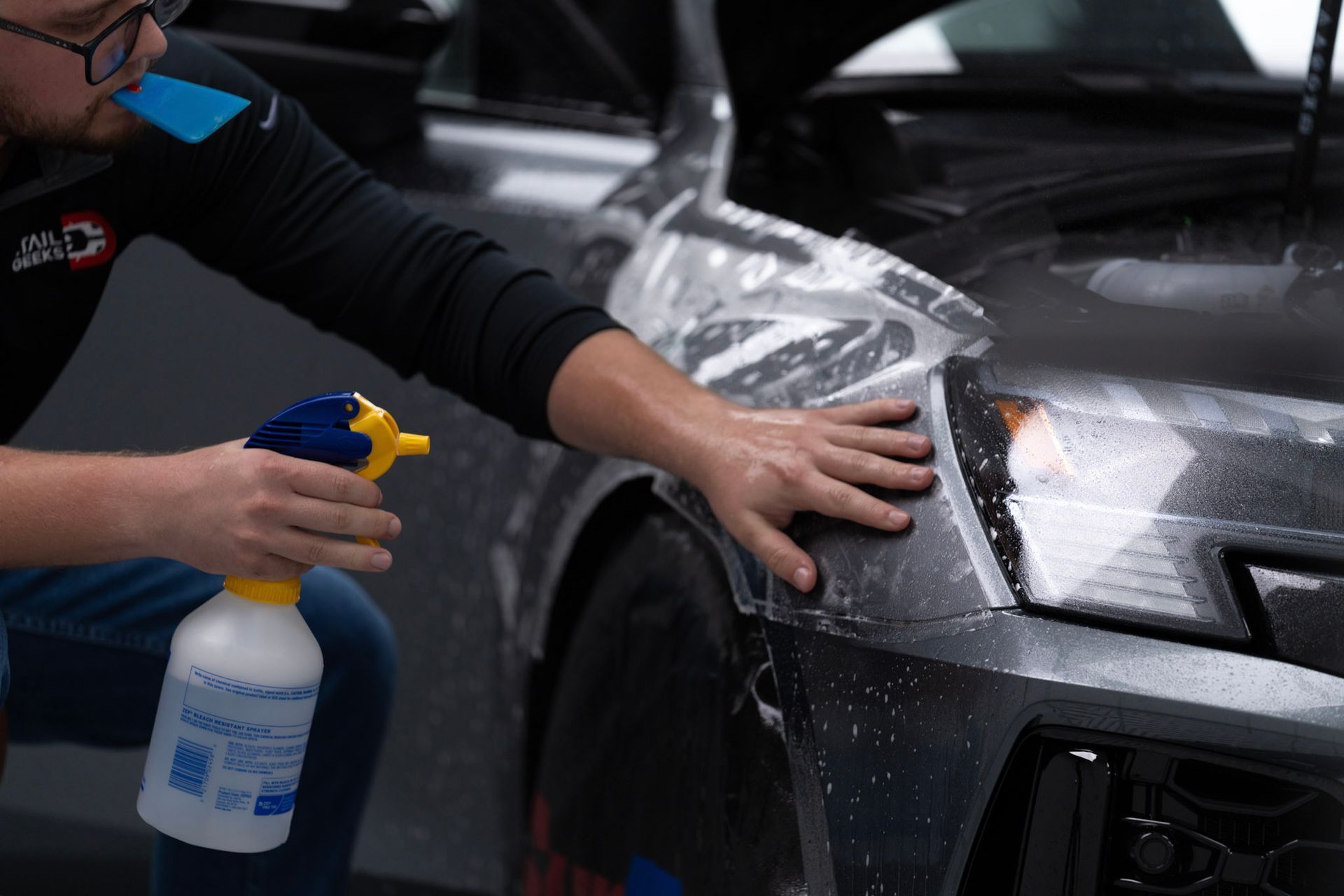
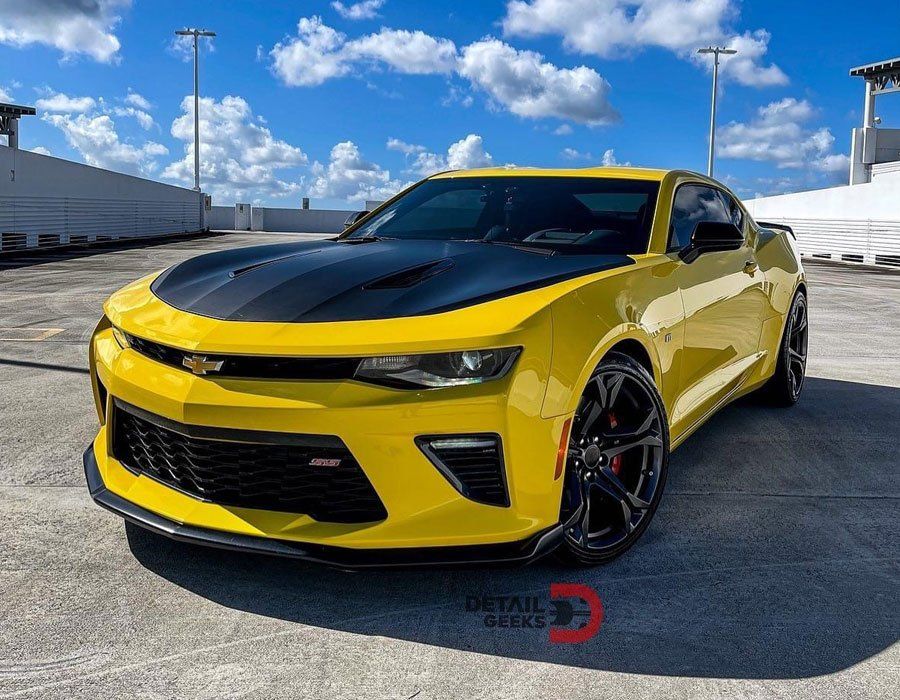
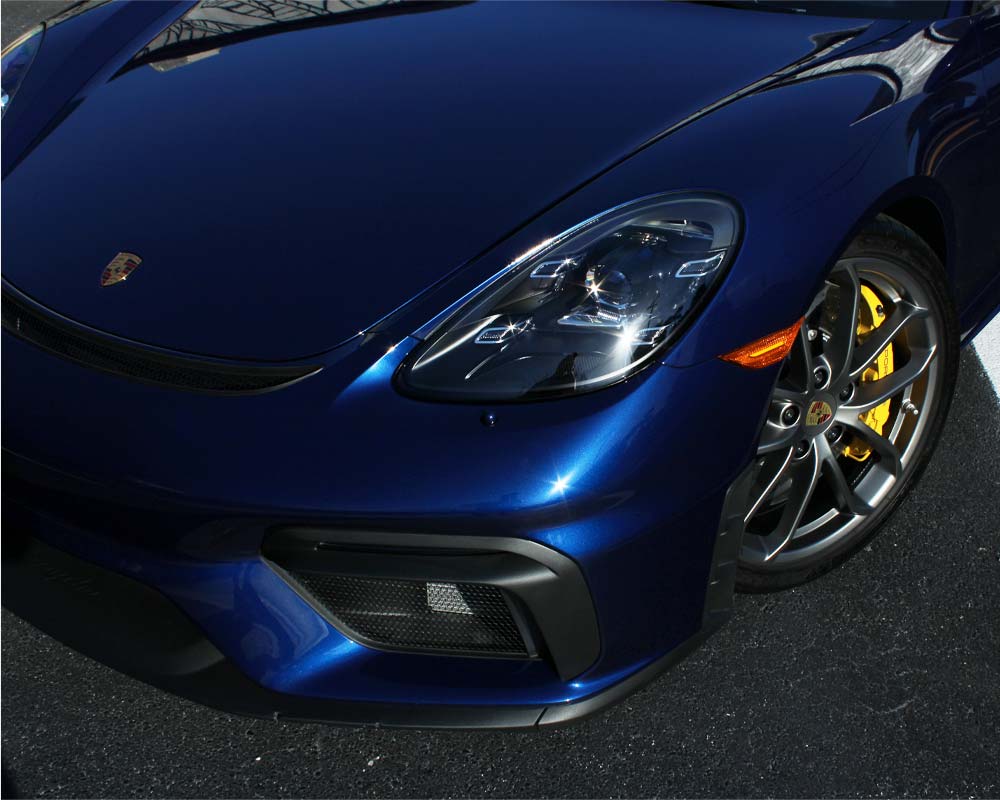
Detail Geeks is a fully-licensed and highly professional automotive and marine detailing shop based in Fort Lauderdale, Florida. We work tirelessly to bring paint perfection, restorative surface corrections, and complete sanitation and decontamination of interior and exterior surfaces of cars, trucks, SUVs, and recreational water crafts like boats and jetskis. Always aiming to exceed your expectations as our valued customer is priority to us, and you can rest easy knowing your vehicle is always in good hands.
Quick Links
Our Location
3472 NE 5th Ave, Unit 11 Oakland Park, FL 33334 United States
Connect With Us
PHONE: (305) 896-2430
EMAIL: business@detailgeeks.com
This website was designed by the team at
Detailers Roadmap, a platform developed for detailing operators across the globe.
Terms of Service
|
Privacy Policy
All Rights Reserved | 8bitcreative, LLC | Detail Geeks

